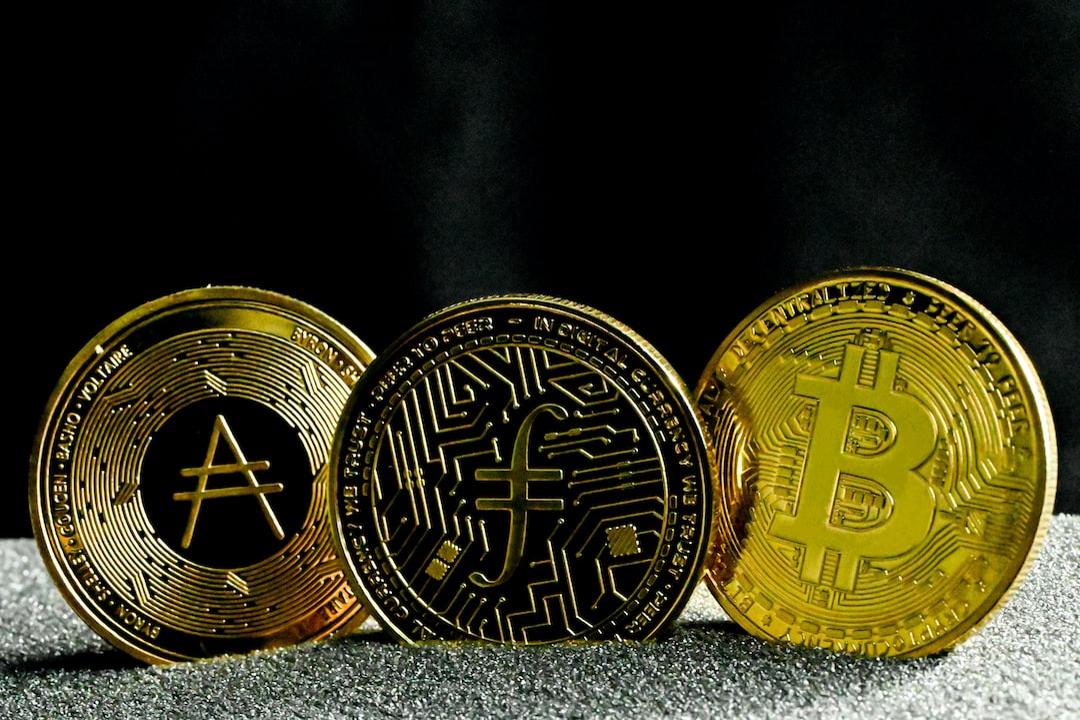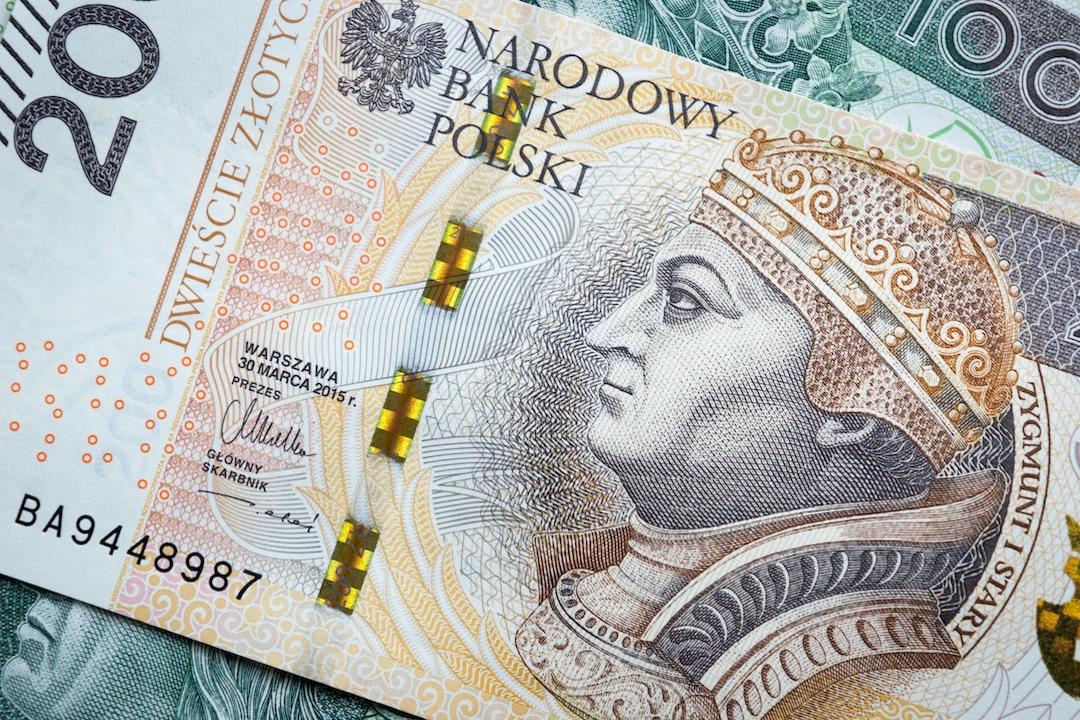Despite trading approximately $20,000 below its all-time high reached at the beginning of 2025, Bitcoin

$88,229 continues to attract investor interest. Experts suggest that Bitcoin may maintain its stable position despite global economic turmoil. Key factors shaping market direction include trade tensions between the U.S. and China, uncertainties in interest rate policies, and growing inflation concerns. The $100,000 threshold particularly stands out as a psychological barrier.
Trezor Purchases, Liquidity, and Interest Rate Uncertainties
The U.S. Treasury’s preparations to buy back long-term debt instruments have sparked expectations of increased market liquidity. An abundance of liquidity typically directs investors towards higher-risk assets, and the cryptocurrency market may also be influenced by this trend. However, experts view the likelihood of such purchases occurring as low due to rising tariff costs and associated inflationary pressures, marking an important uncertainty affecting investor decisions.
Additionally, the U.S. President’s calls for interest rate cuts and criticisms of central bank officials are igniting market volatility. Conflicting statements from Fed officials make it challenging for investors to determine direction. In this complex environment, Bitcoin’s price movements reflect economic policies directly.
Arthur Hayes, co-founder of BitMEX, emphasized that the current price levels appear “discounted.” He noted that “this may be the last opportunity to purchase Bitcoin below $100,000,” indicating he will elaborate on this perspective in a blog post expected to be released over the weekend.
Experts Highlight Bitcoin’s Resilience
Market analysts point out that Bitcoin has exhibited stability despite increasing economic stress conditions worldwide. The potential rekindling of the trade war between the U.S. and China lays the groundwork for volatility in the cryptocurrency market, yet Bitcoin’s rapid recovery is noted as a remarkable development. According to Bitfinex analysts, this situation indicates that Bitcoin is not merely a speculative asset but also a protective measure against macroeconomic risks.
As investors increasingly regard Bitcoin as a safe haven, it is becoming an alternative to traditional financial instruments. This trend becomes more pronounced during periods characterized by high inflation and uncertainty in interest rate policies. Analysts argue that investors should focus on long-term potential rather than short-term fluctuations.
The future of the cryptocurrency market is largely shaped by investor behavior and sensitivity to global developments. The unpredictability of economic policies forces investors to act cautiously, while assets with limited supply, such as Bitcoin, become more prominent in this process. However, every investment decision must be evaluated separately within this continuously changing global equation.


